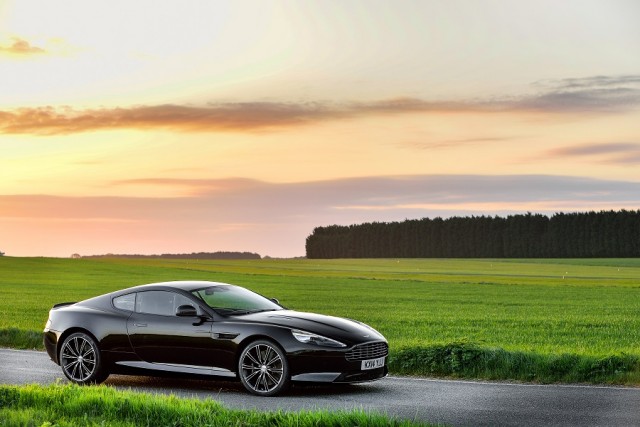Aston Martin has for some time been staring down the barrel of a gun of new model development. Although still clever, light and adaptable, its current chassis platform (a mixture of adjustable carbon-fibre and aluminium bits known as VH for Vertical-Horizontal) is ageing fast - it dates all the way back to the 2002 V12 Vanquish - and in need of replacement. But the artillery shell of enormous expense is loaded into that new model development gun barrel, set to explode in the midst of Aston's UK-based facilities when new model time rolls around. Simply put, a small independent sports car maker will struggle to afford the colossal sums needed to create a new family of cars from scratch.
That's why Aston Martin's recent tie-up with Mercedes-Benz is so crucial. By giving the Germans a shareholding, Aston gets access to Merc's vast parts-bin and also to its component development programme. It's not quite as simple as taking the next-gen Merc SL chassis and slapping an Aston body on it, but it's certainly heading that way. There was some debate though about what would happen to the VH platform now that the Merc boys are getting their feet under the Aston table. For some time, Aston boss Ulrich Bez has been insisting that the VH platform still has plenty of life left in it, but with every rehash of the DB9, V9 Vantage and V12 Vanquish that rolled along, that statement was looking more and more hollow. Now, Aston has slyly (and buried deep within a monotonous stream of financial info) effectively confirmed that VH is on its last carbon fibre legs.
Announcing improved 2013 financial results, Aston Martin Chief Financial Officer, Hanno Kirner said that "we made excellent progress on a number of fronts in 2013: growing our global sales, improving our EBITDA and building further on the company's strong brand as we celebrated our centenary around the globe. We will, in the next few years, be implementing the biggest investment programme in our 101-year history, preparing the ground for new and exciting products in the future.
"Our strong ownership structure and strategic partnership with Daimler AG, finalised in December 2013, provides us with a solid foundation for the unprecedented investment programme that will underpin our future growth.
Kirner continued, and this is where the important bit is: "We are engineering a completely new architecture and technologies to ensure that our next generation of sports cars is at the forefront of design, performance and technology. The strategic partnership with Daimler AG will bring with it cutting edge electrical and electronic expertise, and the shared development of world-class bespoke V8 powertrains."
Anything else?
Aston Martin needs to tread carefully here. Its success over the past decade has been predicated on a sense of bespoke British-ness (never mind the cast-off Ford and Volvo bits) and if it allows a little too much Mercedes into the mix, buyers could start to turn their noses up. Mercedes-Benz and Aston need to pay close attention to BMW's peerless work at reviving Rolls-Royce, using BMW components but deftly hiding them behind a bespoke British screen.

